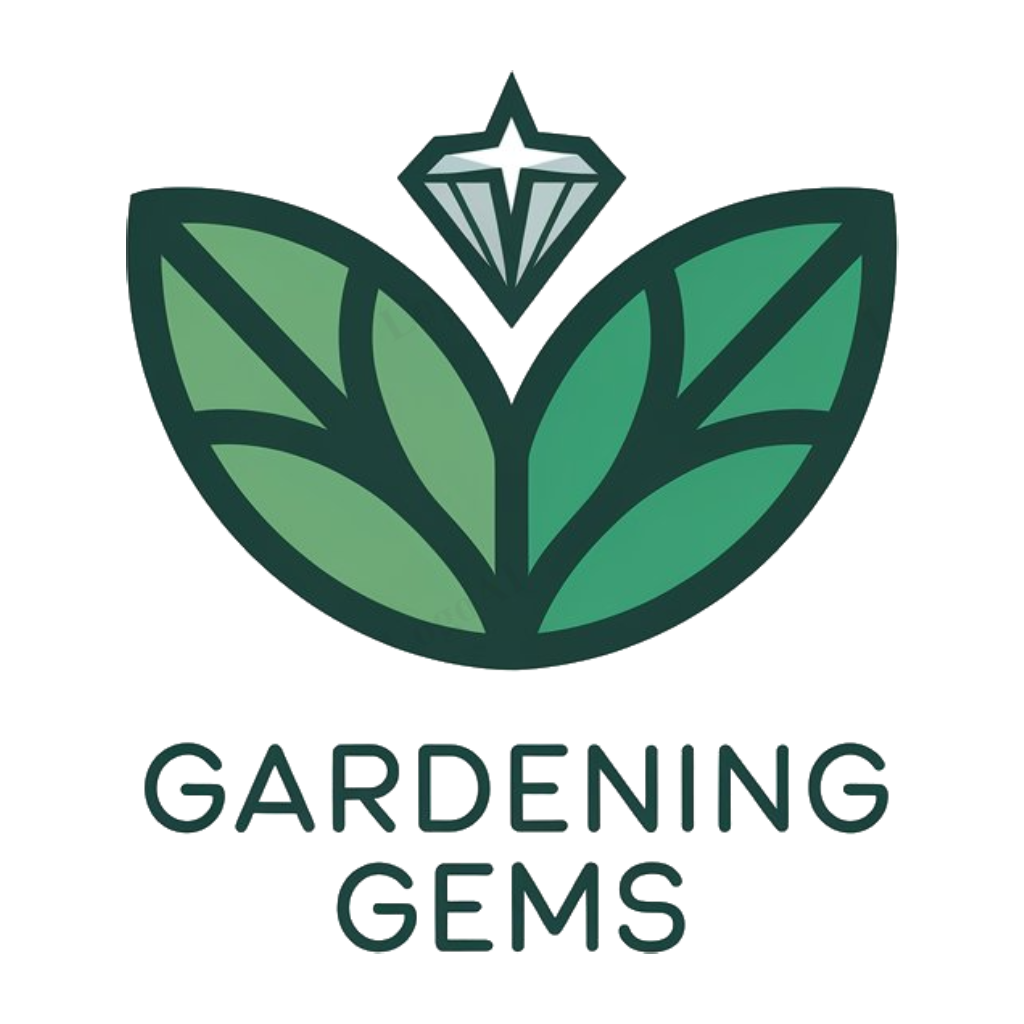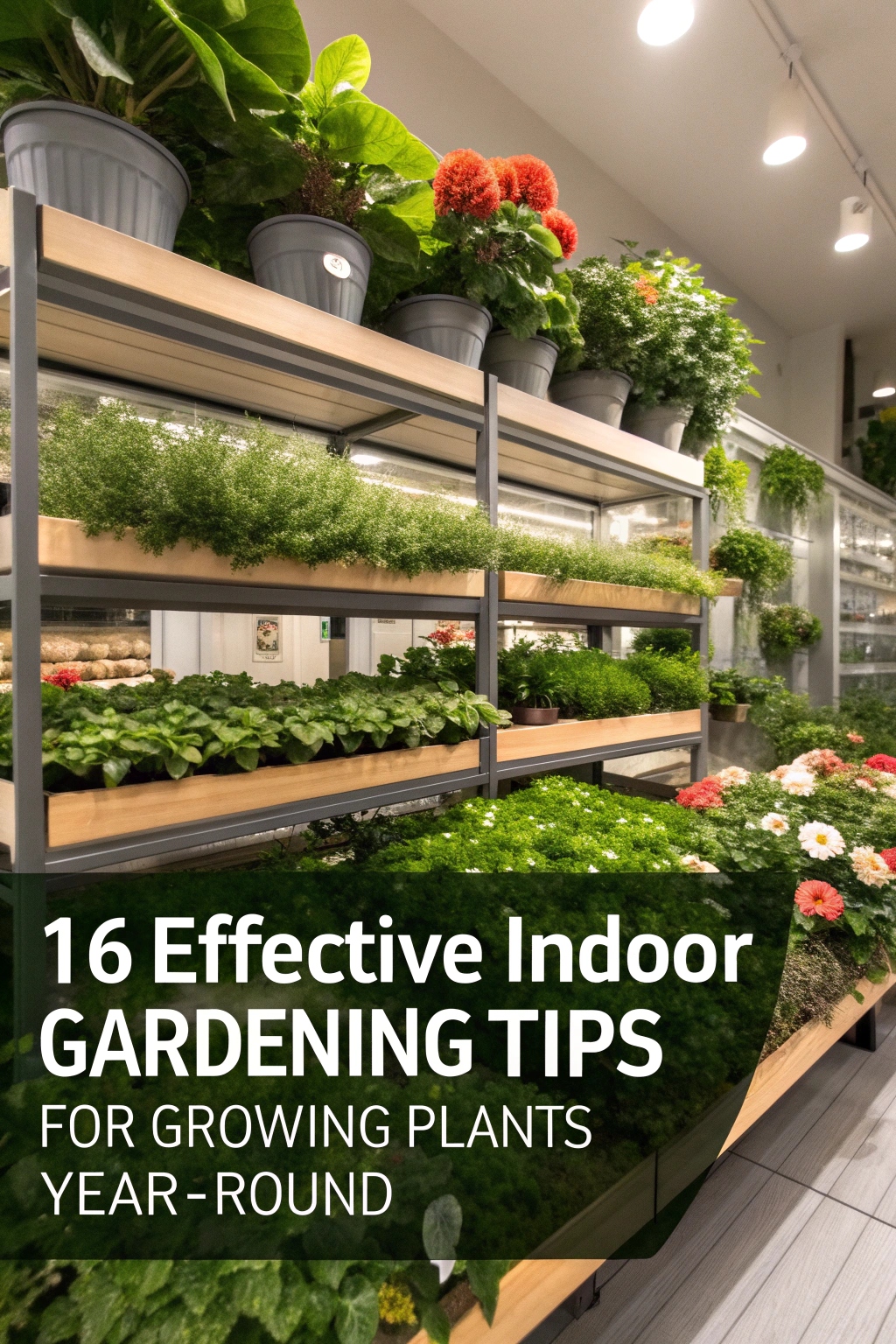Growing plants indoors is a great way to have a garden all year round. You can have beautiful flowers, yummy fruits, and fresh veggies right in your home. It’s like having a magic garden that never goes away.
To make your indoor garden a success, you need to choose the right plants and give them what they need to grow. This means understanding their lighting needs and keeping them in a happy and healthy environment. By following some simple tips, you can grow amazing plants indoors and enjoy the benefits of gardening all year round.
Choosing the Right Plants for Indoor Gardening
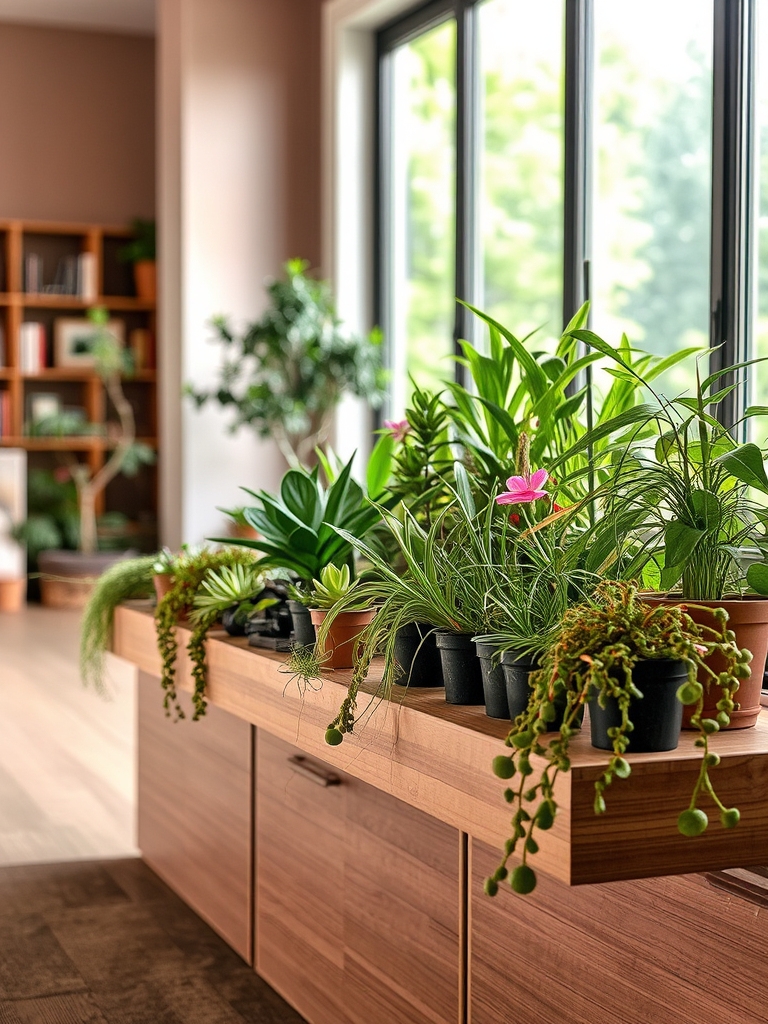
Choosing the right plants for indoor gardening involves considering factors like lighting, temperature, and humidity. Select low-maintenance plants like succulents or air plants for low-light areas, and flowering plants for brighter spaces. Consider the plant’s growth habits, leaf types, and potential allergens to guarantee a thriving and healthy indoor garden.
Understanding Lighting Requirements for Indoor Plants
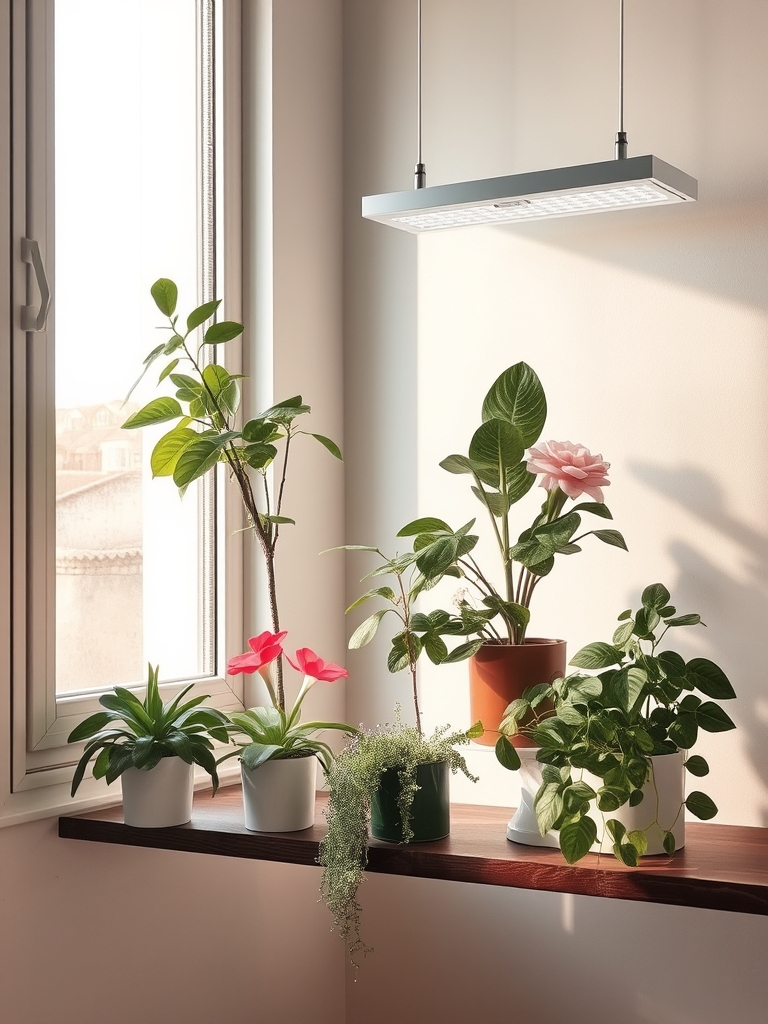
Understanding lighting requirements for indoor plants is essential for their growth and survival. Different plants have varying lighting needs, ranging from low to high light intensity. Natural and artificial light sources can be used to meet these requirements, with factors like duration and spectrum also playing a significant role in plant development and health.
Selecting the Perfect Soil for Your Indoor Garden
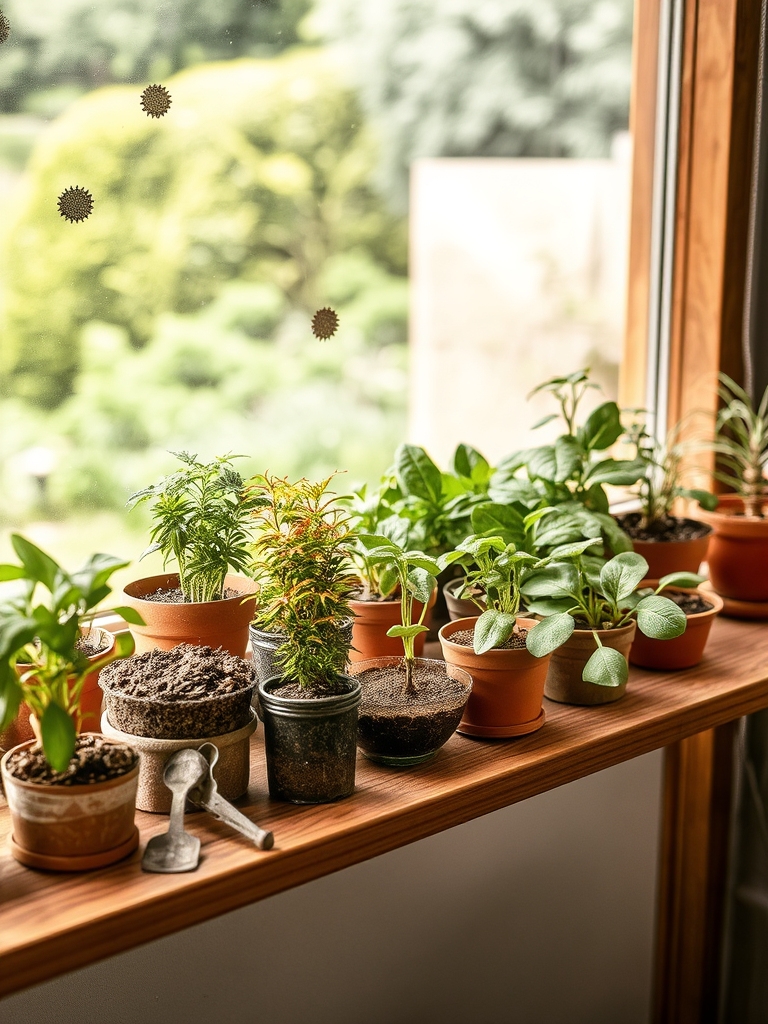
Selecting the right soil is essential for indoor gardening. Choose a high-quality potting mix specifically designed for indoor plants, considering factors like drainage, pH level, and nutrient content. Avoid using garden soil from outdoors, as it can compact and prevent proper root growth, and instead opt for a well-balanced, sterile mix that promotes healthy plant development.
Watering Techniques for Healthy Indoor Plants
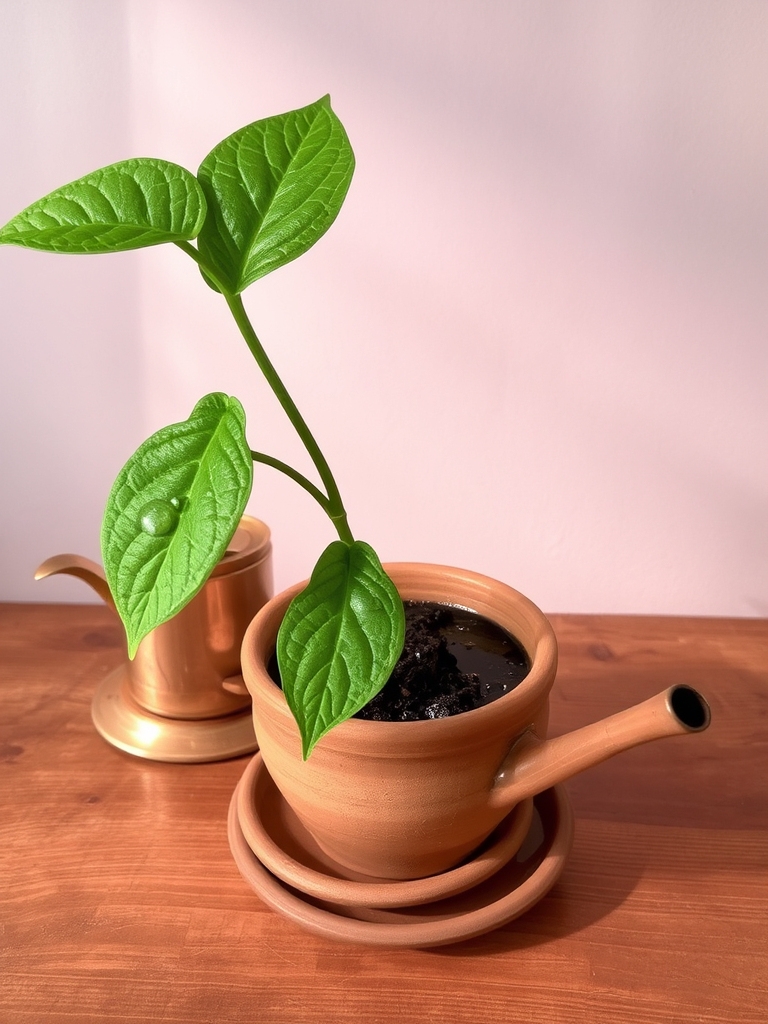
Proper watering techniques are essential for healthy indoor plants. Overwatering can lead to root rot, while underwatering can cause dehydration. Check soil moisture by sticking your finger into the soil, and water only when necessary. Water thoroughly, allowing excess water to drain, and avoid getting water on leaves to prevent fungal diseases.
Controlling Temperature for Optimal Plant Growth
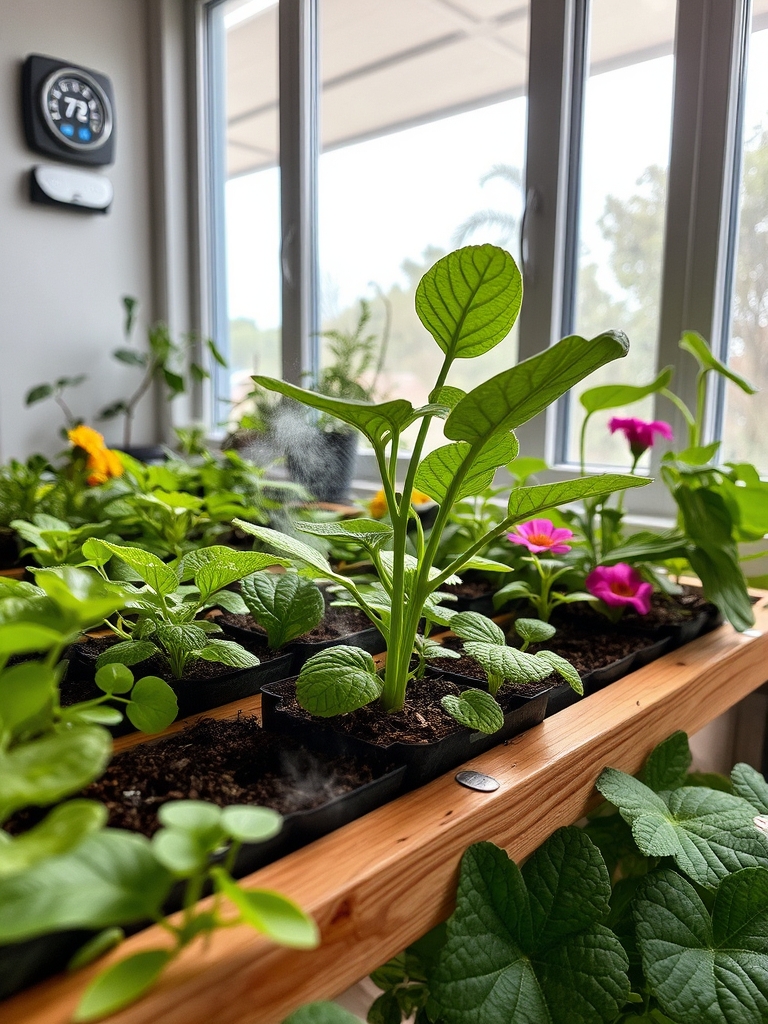
Controlling temperature is vital for ideal plant growth in indoor gardening. Most plants thrive in temperatures between 65-75°F (18-24°C), while some require warmer or cooler conditions. Monitoring temperature fluctuations and using thermostats or heating/cooling systems can help maintain a stable environment, promoting healthy growth and preventing stress on plants.
Humidity Levels and Indoor Plant Care
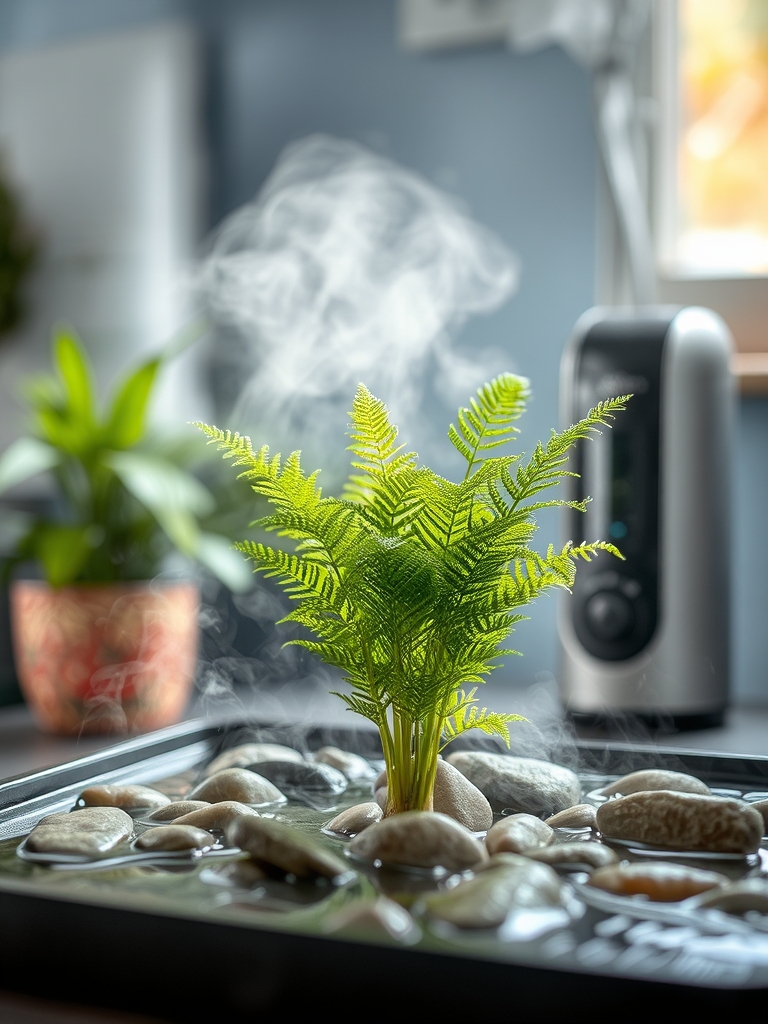
Humidity levels play a vital role in indoor plant care. Most houseplants prefer a humid environment, typically between 40-60% relative humidity. To maintain ideal humidity, place plants on trays filled with water and pebbles or use a humidifier, especially in dry climates or air-conditioned spaces, to promote healthy growth and prevent leaf drop.
Fertilizing Indoor Plants for Maximum Growth
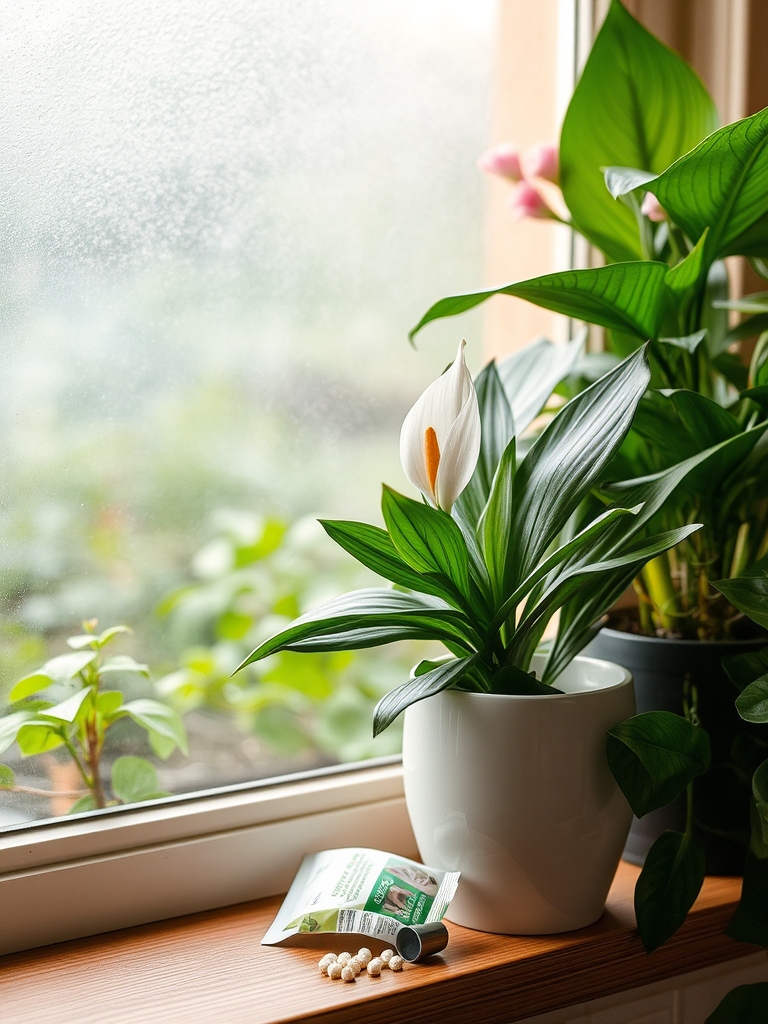
Fertilizing indoor plants is essential for maximum growth. Balanced, water-soluble fertilizers promote healthy development. Dilute fertilizers to half the recommended strength to avoid burning roots. Feed plants during the growing season, typically spring and summer, and skip fertilizing during dormant periods to prevent unnecessary stress and promote overall well-being.
Pruning and Training Indoor Plants
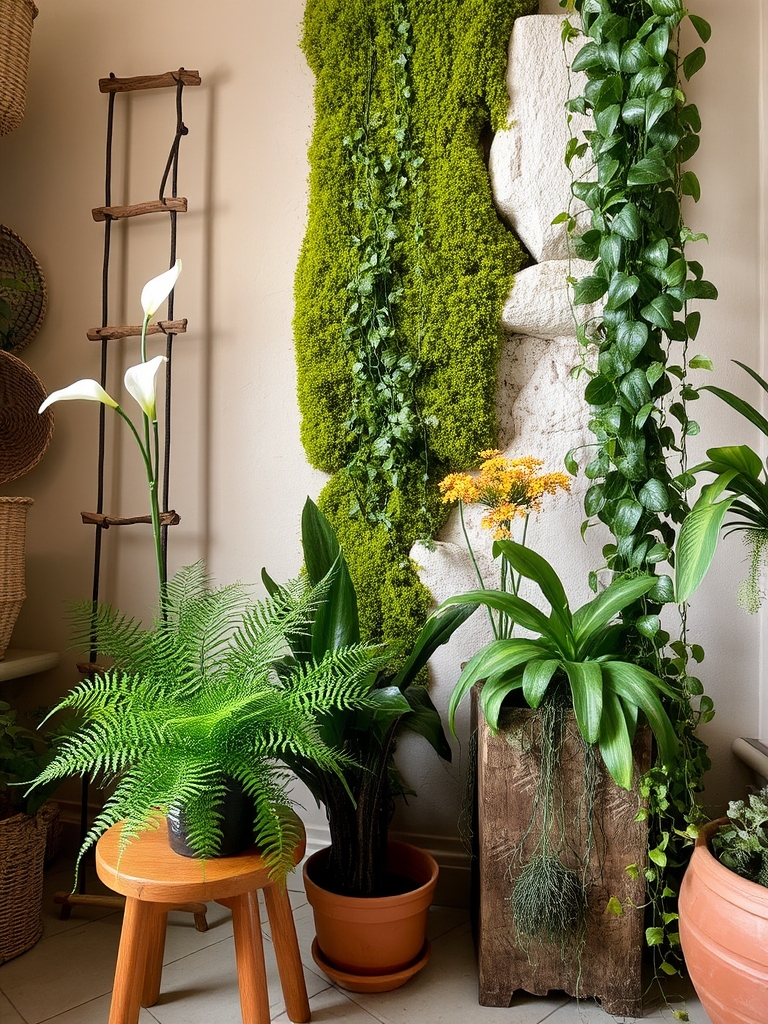
Pruning and training indoor plants helps maintain shape, promotes healthy growth, and encourages blooming. Regular pruning removes dead or damaged leaves and stems, while training involves guiding the plant’s growth using stakes, trellises, or pruning techniques to control its direction and size, enhancing overall appearance and maximizing space.
Repotting Indoor Plants for Continued Growth
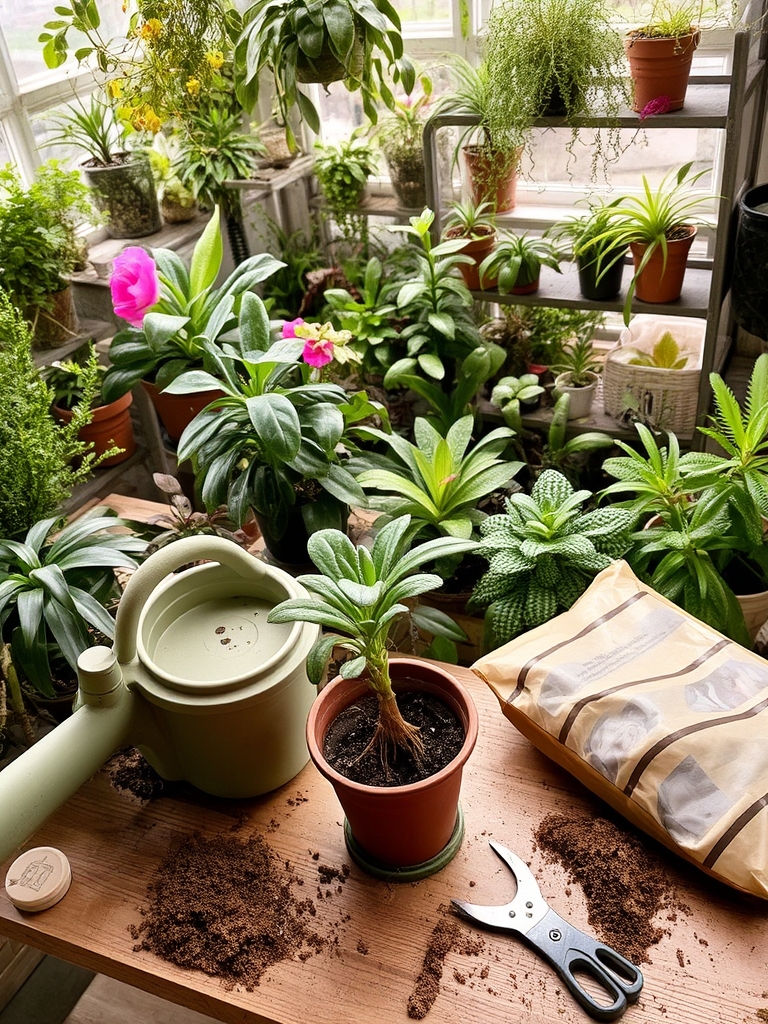
Repotting indoor plants is essential for continued growth, as it provides fresh soil and a larger pot if necessary. Choose a pot that is only slightly larger than the previous one and use well-draining soil to prevent waterlogged roots. This process should be done during the spring or summer when the plant is most active.
Managing Pests and Diseases in Indoor Gardens
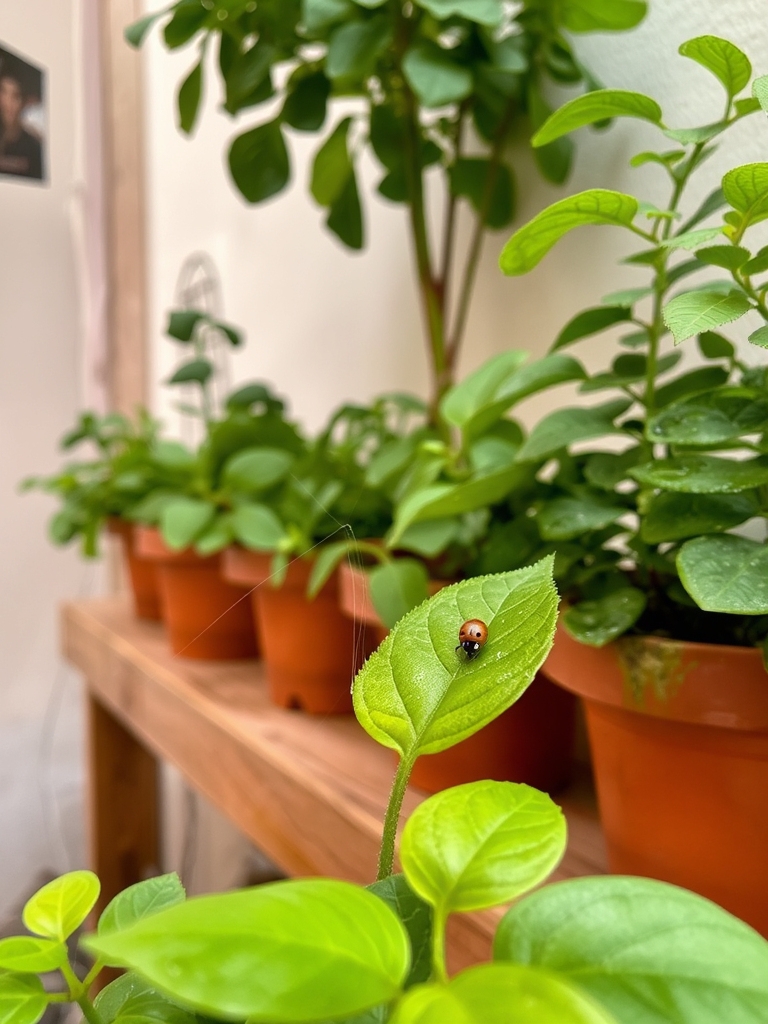
Managing pests and diseases in indoor gardens requires vigilance and proactive measures. Regularly inspect plants for signs of infestation or infection, and isolate affected plants to prevent spread. Use organic or chemical controls as needed, and maintain good air circulation, watering, and sanitation practices to prevent the development of pests and diseases.
Creating a Schedule for Indoor Plant Care
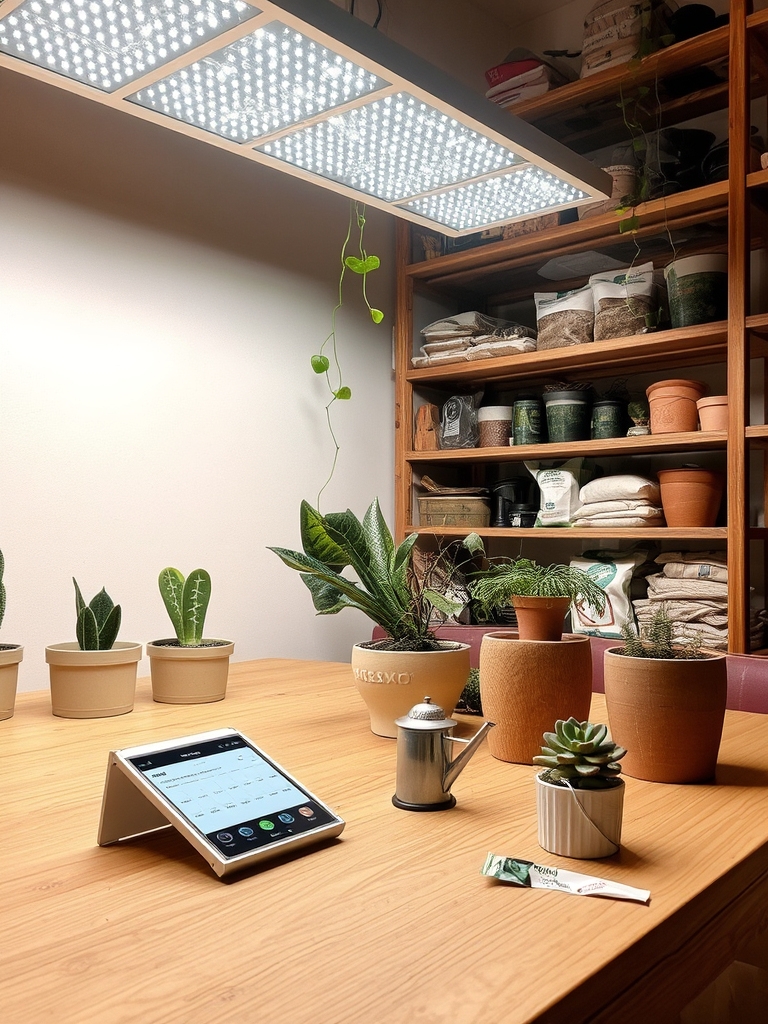
Creating a schedule for indoor plant care helps guarantee plants receive proper attention. Set reminders for watering, fertilizing, pruning, and repotting to maintain plant health and promote growth. Consider factors like plant type, climate, and lighting to tailor the schedule to each plant’s unique needs. Consistency is key to a thriving indoor garden.
Utilizing Indoor Gardening Containers and Planters
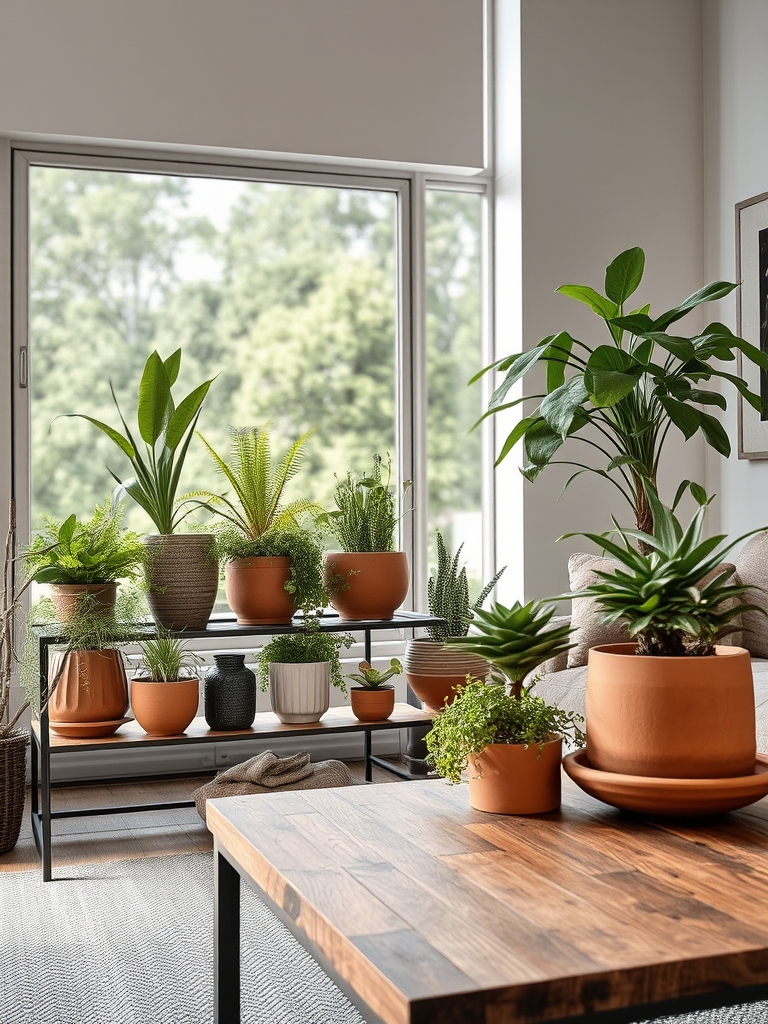
Utilizing indoor gardening containers and planters allows for flexibility and creativity in small spaces. Choose containers that fit your style and the needs of your plants, considering factors such as size, material, and drainage to guarantee healthy plant growth and thriving indoor gardens. Select planters that complement your decor.
Maximizing Space in Your Indoor Garden
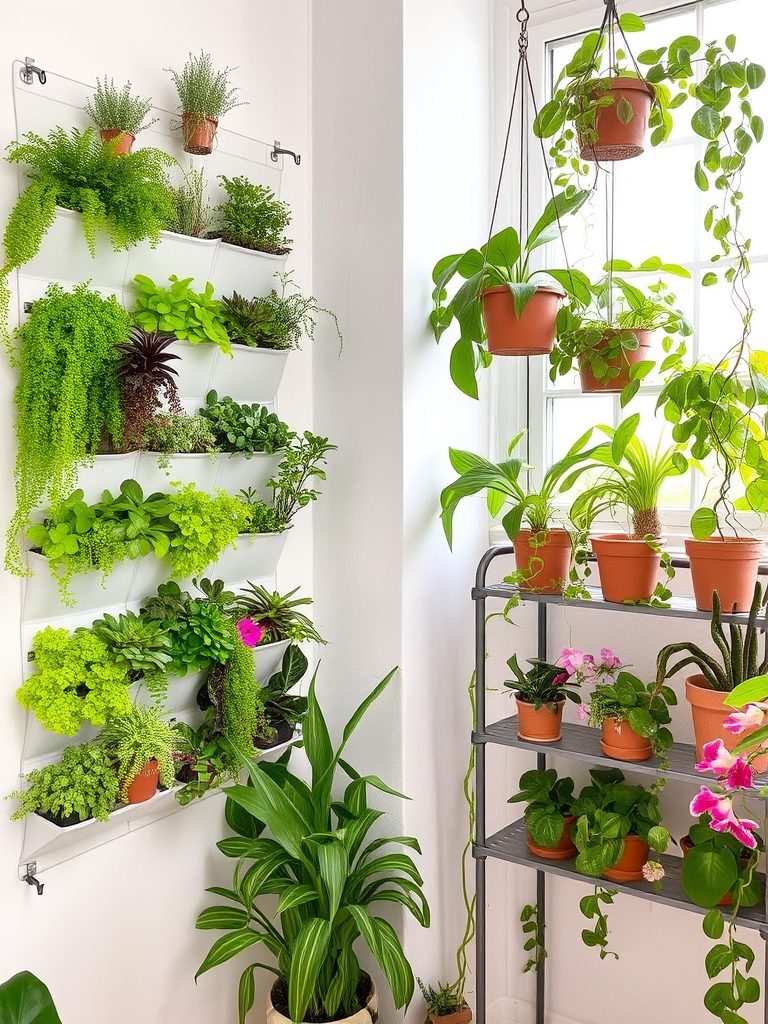
Maximizing space in your indoor garden involves using vertical planters, tiered shelving, and hanging baskets to make the most of available space. This approach allows for a greater number of plants to be grown in a smaller area, creating a lush and thriving indoor garden even in compact rooms or apartments with limited floor space.
Indoor Gardening for Air Purification and Quality
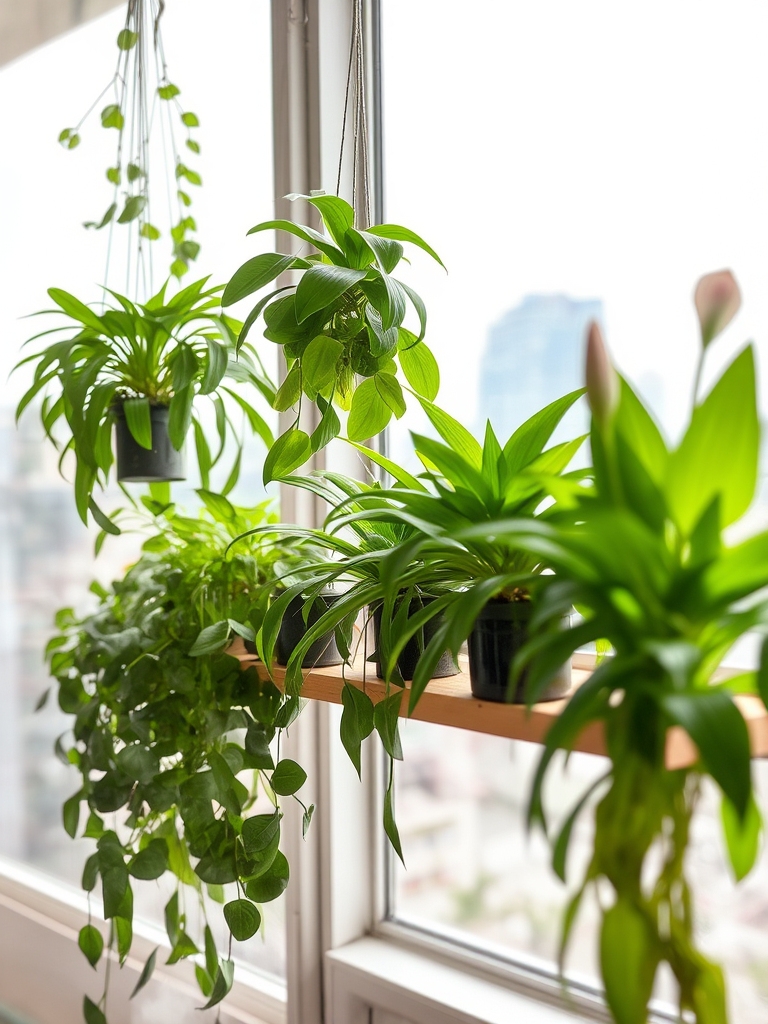
Indoor gardening helps purify the air by removing pollutants and toxins, improving overall air quality. Certain plants like spider plants and peace lilies are effective at removing harmful substances, creating a healthier indoor environment and promoting better breathing and well-being. This natural air purification method is a simple and aesthetic way to enhance indoor spaces.
Starting Seeds Indoors for a Head Start
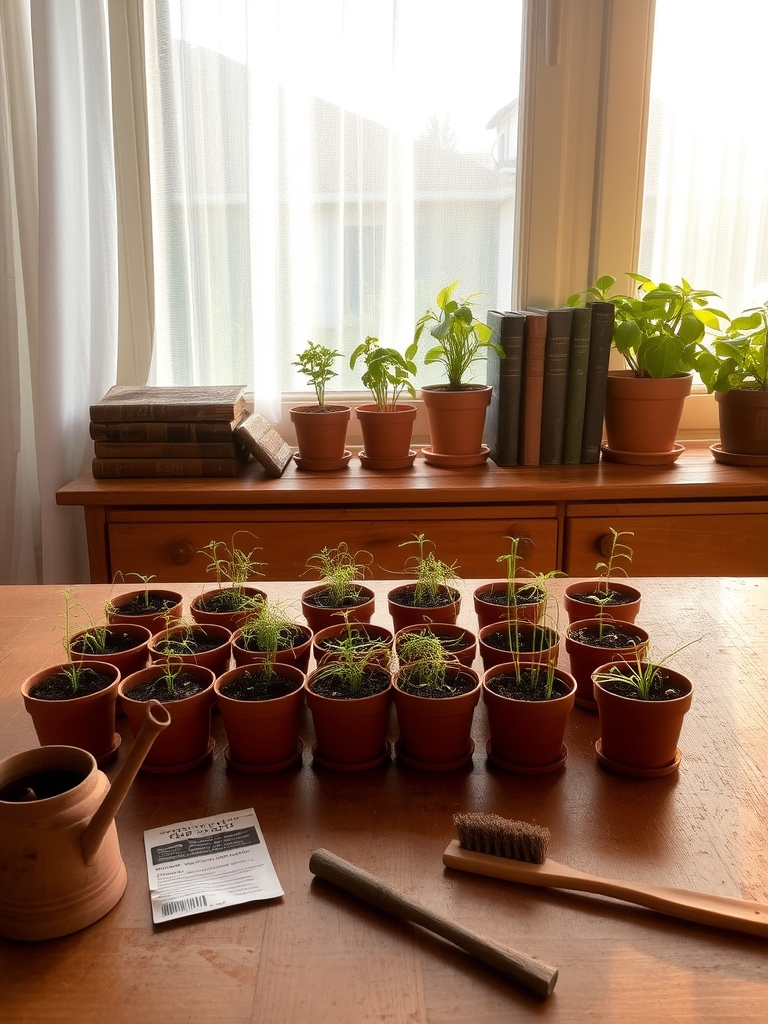
Starting seeds indoors gives your plants a head start on the growing season. Begin by selecting a container and potting mix, then sow seeds at the recommended depth. Provide adequate light, water, and warmth, and transplant seedlings outside when weather permits, allowing them to acclimate to outdoor conditions gradually.
Troubleshooting Common Indoor Gardening Problems
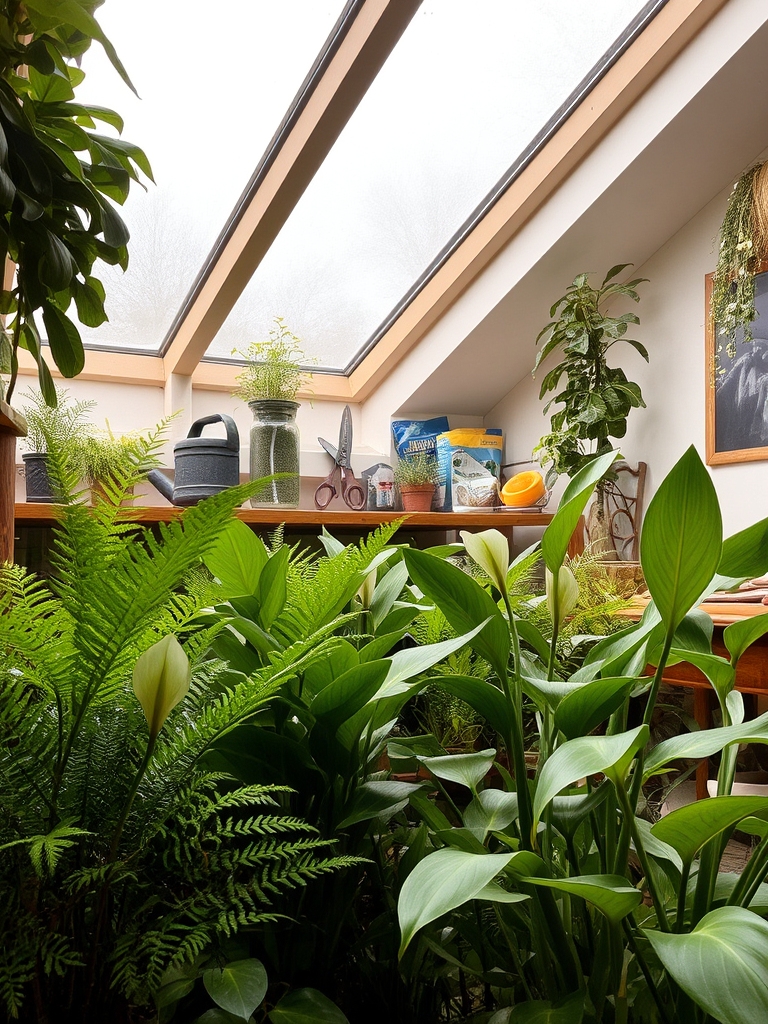
Troubleshooting common indoor gardening problems involves identifying and addressing issues such as pests, diseases, and nutrient deficiencies. Over-watering, under-watering, and inadequate lighting can also cause problems. Recognizing symptoms and taking corrective action can help resolve issues and guarantee healthy plant growth. Regular monitoring and maintenance are key to preventing problems.
Conclusion
You’ll perfectly prosper with precise proficiency, pulling plentiful profits from pristine plants. Properly pampering your plants with pure precision pays off, providing a peaceful plethora of perfumed petals and pure produce, perfectly purifying your indoor air.
